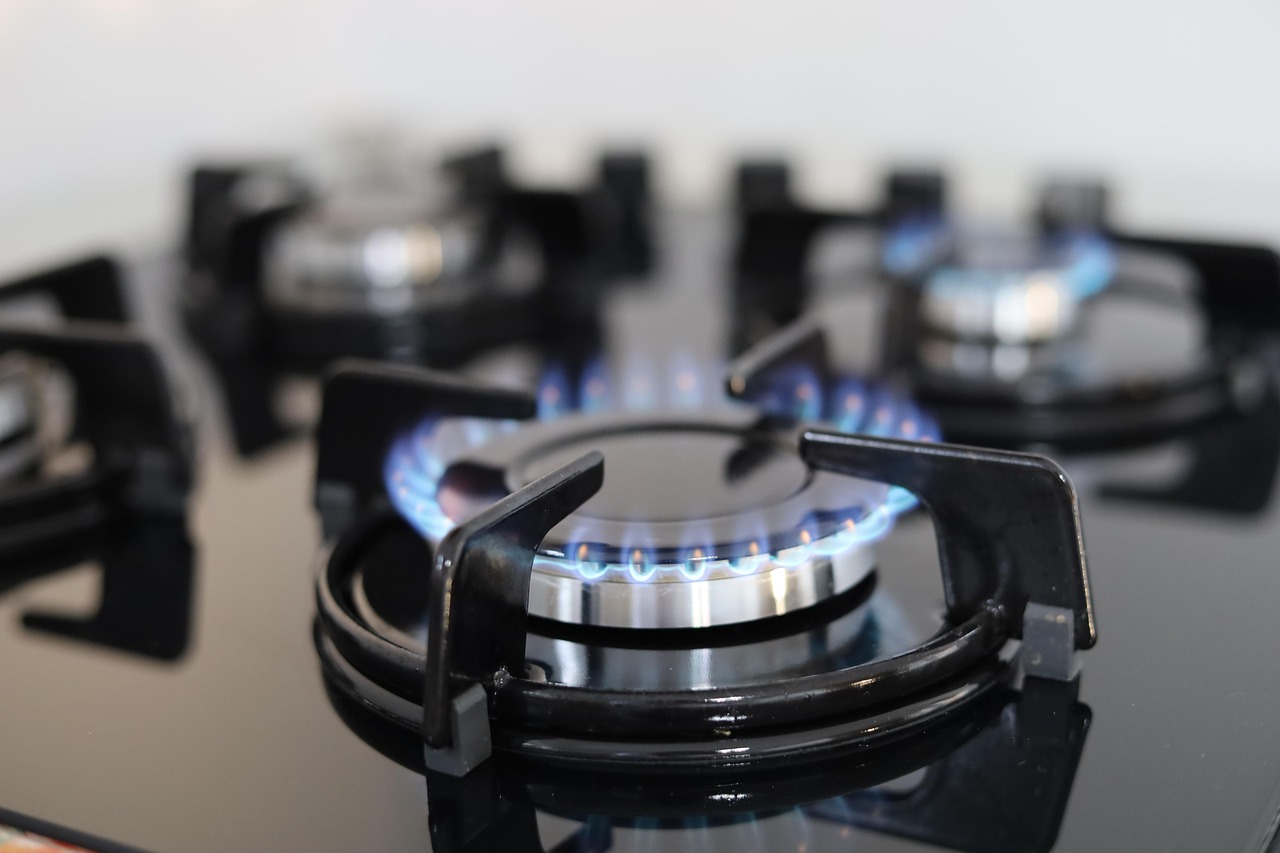
In January, Hungarians recieved gas and electricity at the lowest cost in Europe.Continue reading

Essentially, all European governments intervene in electricity and gas tariffs to reduce the burden on households at a time of high market prices. The most consistent and effective intervention is Hungary’s ten-year-long reduction in electricity tariffs, which has resulted in the lowest tariffs for Hungarian residents in the EU, reports Világgazdaság.
In addition to market price movements, public measures also shape electricity and gas bills for European households. This means that in a given month, the unit price of electricity or gas can move in the opposite direction to the market price in a given country, as can be seen in the monthly price comparison produced by VaasaETT in Finland. The comparison looks at the coverage area of the main operators in the capitals of European countries, but in the case of Hungary, the Budapest tariff can be considered the same as the national tariff due to domestic regulation.
Intervention is possible by modifying the tariff components to deviate them from those justified by the market or previously set by law.
The components are electricity and natural gas themselves, plus the energy tariff, the two types of system charges, and VAT.
The Hungarian legislation by default sets a cap on the total amount of all these, i.e. the tariff itself. The tariff has remained unchanged over the years as a result of one of the first measures, by removing the energy charge from its components and shifting it to the competitive market players. The more decisive step was to reduce and then maintain the electricity and gas tariffs at reduced levels, with the difference between them and the purchase price being charged to the budget. The retail tariff, which is also set by the authority for competitive operators, cannot be allowed to escape. The 65% weighting of this charge in the tariff is much higher than in other countries in a European comparison. The domestic VAT weight of 21% is also above the EU average.
While Hungary is in a lucky position in terms of energy prices, the same is not true for other European countries.
As data shows, the average European end-user price of electricity rose by 4% year-on-year in January, and was 1% higher than its peak last year. VaasaETT reported price rises in 15 of the 33 capitals surveyed.
Luxembourg (52%) and Vienna (43%) saw the highest increases, while six capitals saw their electricity prices fall. The analysis explains the price rises by the fact that since the start of the new year, several subsidies approved in the previous year have been abolished or changed, while grid usage has become more expensive and European energy taxes have increased.
Furthermore, the restoration of the previous VAT rate of 21%, raising it up from the previous 10%, led to an 11% increase in electricity prices for Madrid households. In addition, energy taxes and the social bonus component of the tariff have increased. In Oslo, the end-user price of residential electricity rose by 9%. This was due to fluctuations in market prices during cold and windless weather, reduced supply due to the expected shutdown of the Svartisen power plant for several months, and reduced energy subsidies. In Sofia, the end-user price has been increased by 8% to bring it closer to market levels and to contribute more to the utility’s rising costs.
Polish households seem to be getting away with the withdrawal of discounts for the time being, with the extension of the electricity price cap, which was introduced in 2022, under discussion. It would only be phased out after the Polish presidential elections in May, at the end of the third quarter.
Meanwhile, in Helsinki, end-user electricity prices in households fell by 9%.
Although wholesale prices rose in January, pushing up the price of electricity delivered immediately, fixed-term contracts are now more affordable and increasingly attractive to consumers.
Regarding the EU gas market, the average gross residential end-user price increased by 4%. The analysis attributed this to the cold weather and the fact that transit through Ukraine from Russia was stopped on the first day of the year. However, only 17 of the 27 capitals surveyed saw household gas prices rise, while four saw a slight softening. On the Dutch gas exchange TTF, considered the benchmark, electricity was quoted at €45 per megawatt-hour for most of the month, but there were some quotes above €50 at the end of the month. The last time this happened was in November 2023.
Gas prices have fallen since then, many believe mainly on the assumption of an imminent settlement in Ukraine.
In Luxembourg, gas prices have also been a problem besides electricity, with residents facing a 39% rise in prices after the government’s price cap, which was introduced in 2022, was lifted. In Vilnius, too, while network prices fell, gas itself cost more in state-regulated contracts because the supplier bought more expensive gas. This has led to a 16% price increase in the Lithuanian capital. In Austria, the abolition of state subsidies for energy taxes, the increase in network charges, and the higher price of the molecule itself pushed up the price of residential gas by 12%. In Riga, the end-user price of natural gas rose by six percent, mainly due to a doubling of excise duties. The 5% price increase in Tallinn was due to the cold weather and the increased demand for gas for power generation.
Via Világgazdaság, Featured photo via Pixabay